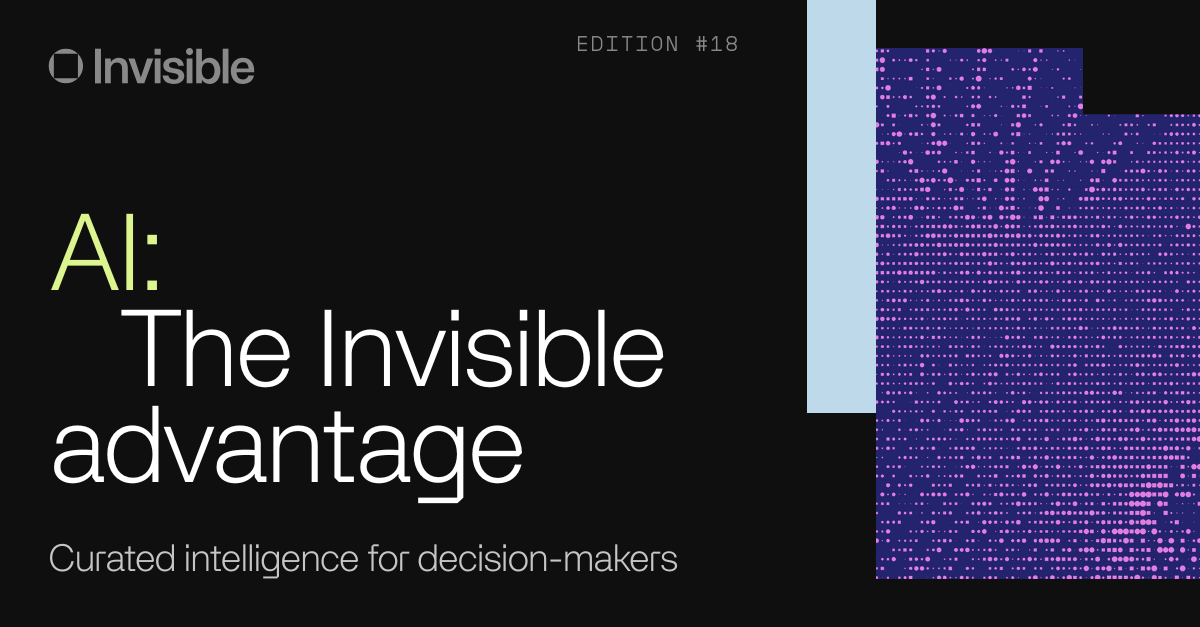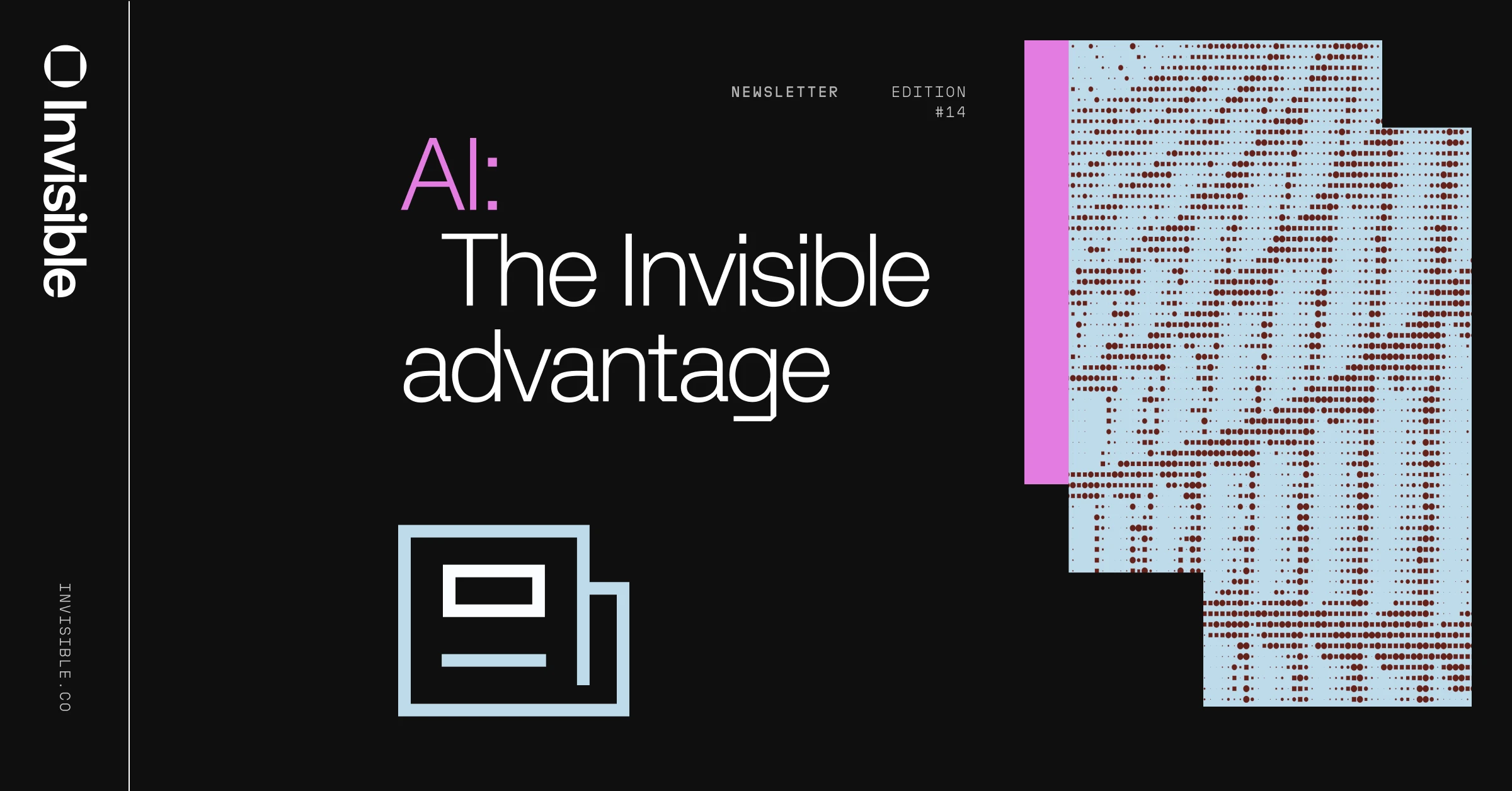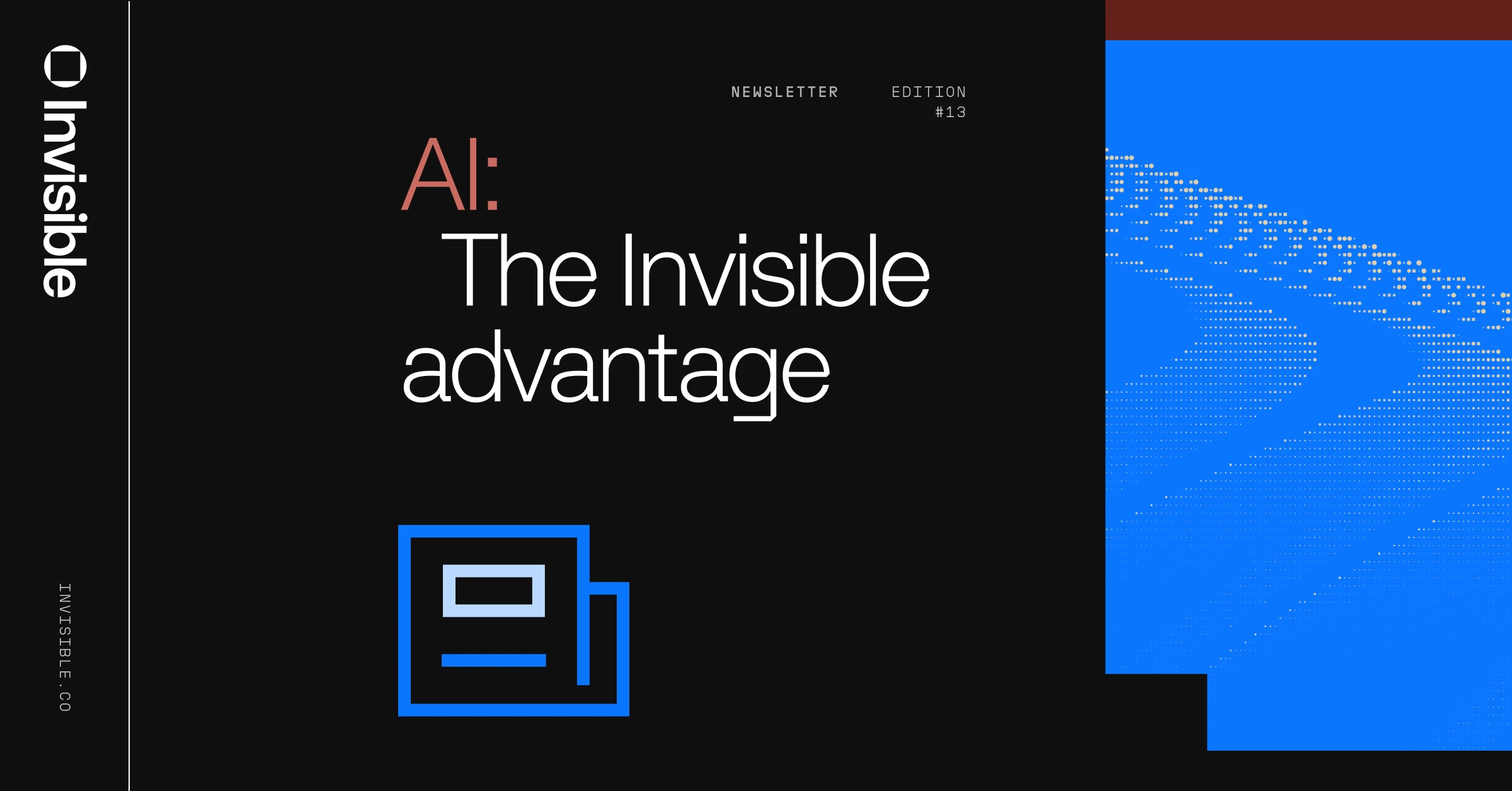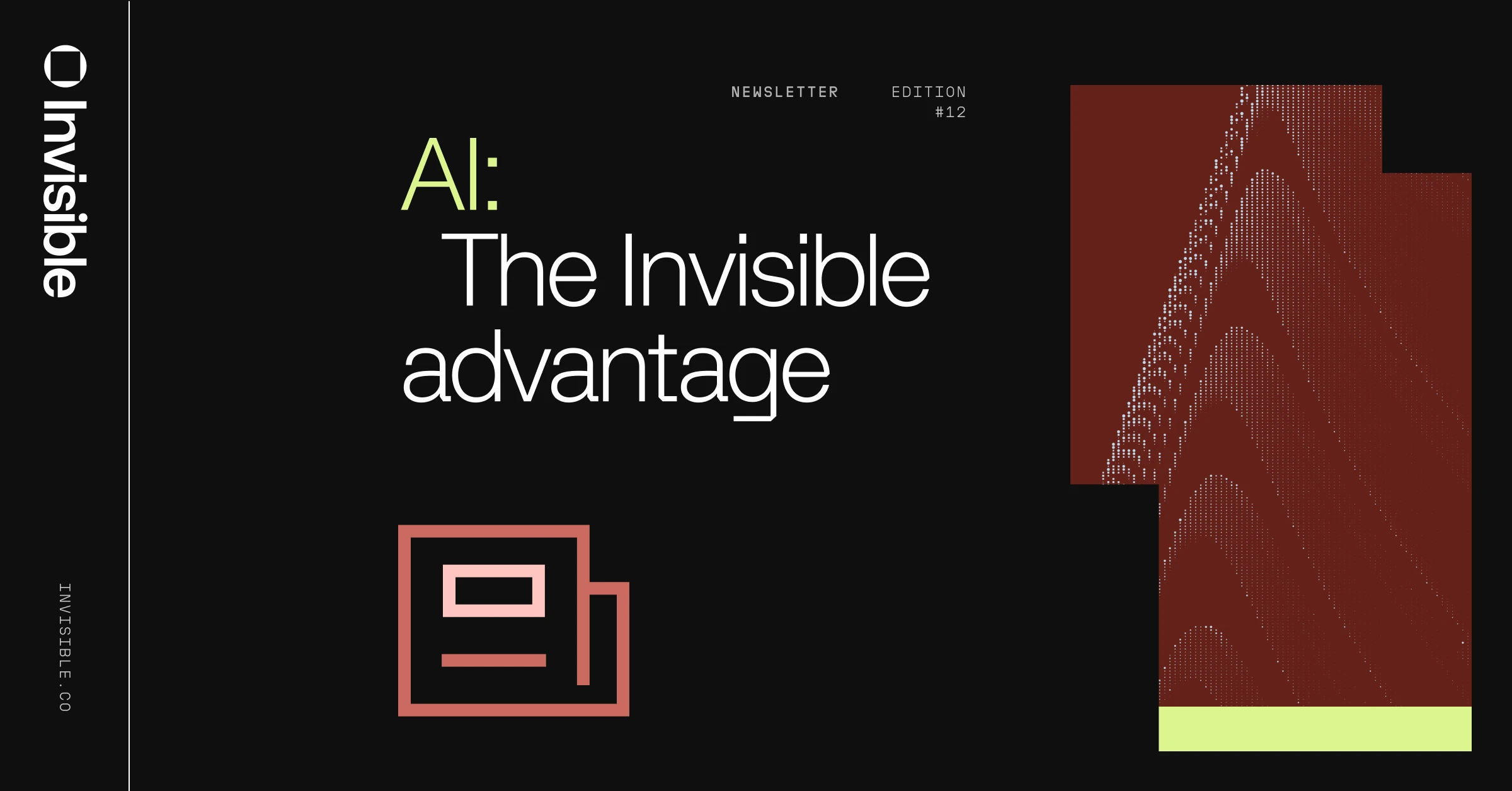AI for people who don’t “do” digital

DOWN TO BUSINESS
✏️ Deutsche Bank to roll out AI for the non-tech savvy
Deutsche Bank plans to introduce AI-powered “banking butlers” aimed at retail and mass affluent customers, part of a €600m investment in its private bank. The voice-enabled agents will assist through the bank’s app and call centers, learning client context and eventually managing end-to-end transactions. The bank says the service is designed to help customers who aren’t digitally native and to scale its wealth business while reducing costs.
🛍️ 7x more traffic, 11x more purchases via Shopify: AI starts to move real revenue
Shopify says traffic from AI tools to its merchants’ stores is up 7x since January, with AI-driven purchases rising 11x. On its latest earnings call, the company highlighted its advantage in having data from millions of merchants and billions of transactions. Shopify is expanding partnerships to bring shopping directly into conversational AI experiences and is investing in internal AI tools that help teams make faster product decisions.
🏭 Bezos launches an AI company to rebuild how we build things
Jeff Bezos is returning to an operational role with a new startup aiming to use AI to improve how complex products like cars, computers, and spacecraft are designed and built. The company has already hired nearly 100 people, including talent from leading AI labs, signaling an aggressive push from day one.
🗂️ Microsoft launches an “employee directory” for your AI agents
Microsoft has introduced Agent 365, a dashboard that lets businesses track and manage all the AI agents running inside their organization. The tool acts like an employee directory for bots, showing what each agent is doing, which systems it can access, and how it’s performing. It also includes security checks to monitor activity in real time as more companies test agents for tasks ranging from email triage to procurement.
💰 U.S. Bank debuts AI-enhanced tool for real-time cash visibility
U.S. Bank has launched Liquidity Manager, a cash-forecasting and liquidity platform that gives treasurers real-time visibility into cash positions across accounts, banks, and regions. It blends traditional forecasting with AI-driven analysis and automates daily cash positioning, multi-bank reporting, cash pooling, and reconciliation—cutting manual work and operational costs while helping mid-sized and large firms improve forecasting accuracy and strengthen risk management.
HOT MODELS
🧠 Google bets Gemini 3 can finally act like a real assistant
Google has begun rolling out Gemini 3, calling it its “most intelligent” and “factually accurate” model to date. The model is “natively multimodal,” meaning it can process text, images, and audio all at once. New features like richer visual responses, interactive layouts, and early agentic tools can complete tasks such as organizing emails or helping plan travel, rather than just answering prompts.
🪐 Chinese AI system learns basic physics from scratch
Researchers in China have developed an AI tool called AI-Newton that can infer simple physics principles directly from experimental data, including Newton’s second law, which links force, mass, and acceleration. Instead of just spotting patterns, the system builds up concepts step by step, mimicking how scientists reason through experiments. In tests involving balls, springs, and pendulum-like motion, it generated equations for velocity and mass without human guidance. The work is still early and not peer reviewed.
🤖 ChatGPT 5.1 now decides when to answer fast and when to think
OpenAI’s latest model update introduces two variants—instant for quicker, conversational replies, and Thinking for more deliberate reasoning. The update also brings a warmer tone, stronger instruction-following, and eight new personality presets ranging from Professional to Quirky. For now, users will be automatically routed to the variant that best fits their prompt, with manual control expected later.
🤖 Grok 4.1 scores like a top model—but no API for enterprises
Elon Musk’s xAI has launched an upgraded model that brings quicker replies, better reasoning, and fewer factual errors, placing it among the top-rated consumer models on public benchmarks. However, Grok 4.1 isn’t yet available through xAI’s developer API, meaning enterprises can’t integrate it into their own systems or workflows.
🧪 Quantum physicists have shrunk and “de-censored” DeepSeek R1
A team at Multiverse Computing says it has created a slimmed-down version of China’s DeepSeek R1 that’s 55% smaller while producing similar results, and without the censorship rules normally embedded in Chinese AI systems. Using a compression technique inspired by quantum physics, the researchers say they were able to pinpoint and remove parts of the model tied to politically sensitive filtering. In tests, the modified system answered restricted questions that the original refused to address.
PLOT TWIST
🏥 AI to help patients appeal insurance denials
A North Carolina startup is using AI to generate personalized, clinically backed appeal letters for patients whose health insurance claims have been denied. The platform analyzes denial notices, medical records, policy language, and past successful appeals to produce tailored responses in minutes. Claim denials are rising nationwide as insurers adopt automated systems that review records and issue denials at scale, and appeals remain rare despite high success rates.
🧩 An AI that clicks, drags, and designs: MIT’s 2D-to-3D agent
MIT researchers have built an AI agent that can use standard design software the same way a human would by clicking buttons, dragging the mouse, and following on-screen steps to turn a simple sketch into a 3D object. The team trained it using over 41,000 videos showing how real designers create parts and products with the goal of making design tools easier to learn and to automate repetitive steps that often take up engineers’ time.
⚖️ Judges warn courts aren’t ready for AI-generated evidence
A suspected deepfake video submitted in a California housing case has heightened concern among U.S. judges about AI-generated evidence entering courtrooms. Judges told NBC News they increasingly fear that realistic fake videos, audio, and documents could distort facts, overwhelm existing verification standards, and erode trust in legal proceedings. Some states are beginning to require attorneys to check whether evidence was AI-generated, while others are calling for updated rules and better provenance tools.
🤖 Russian humanoid robot debut goes viral after on-stage fall
A Russian startup unveiled its humanoid robot “AIDOL” at a Moscow tech event, only for the robot to lose balance and fall forward after a few steps. The company says the stumble was caused by calibration issues and is part of ongoing development. AIDOL is being built by a small, self-funded 14-person team and is described as Russia’s first anthropomorphic robot with AI, supporting facial expressions and offline dialogue.
🎵 New data: AI music makers are superfans, not casual listeners
A new MIDiA report finds that people creating AI-generated music are overwhelmingly superfans—the most valuable audience in the music ecosystem. These fans are far more likely to buy merch, attend gigs, subscribe to music services, and even play instruments. While concerns around copyright, fraudulent streams, and the volume of AI-made tracks continue to grow, the research shows that AI tools are largely being used by highly engaged listeners rather than passive consumers.
♻️ Subscribe on LinkedIn and share it with your network!





